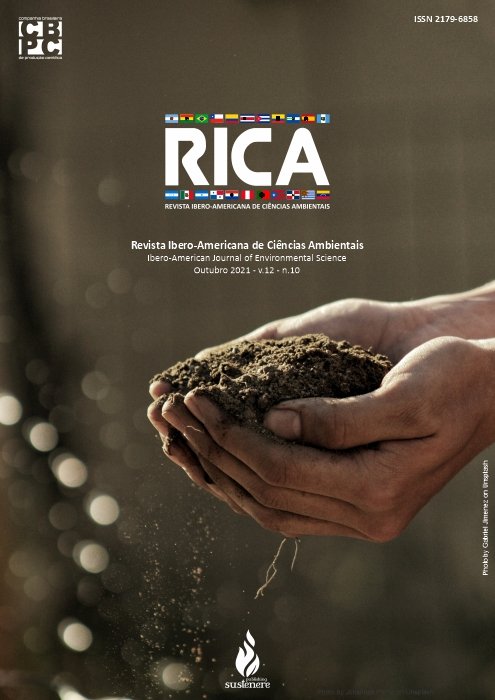Chronological behavior of the Pinus caribaea var. hondurensis artificial form factor in Amazonian sites
DOI:
https://doi.org/10.6008/CBPC2179-6858.2021.010.0003Keywords:
Trunk analysis, Central Amazon, ReforestationAbstract
Currently, reforestation activities are increasingly consolidated and widespread in Brazil, especially because of their environmental, social and economic benefits. Thus, in a context associated with land use in the Brazilian Central Amazon, the practice of reforestation becomes even more attractive, as in addition to important ecological gains related to forest conservation and restoration of degraded areas, they include financial advantages with restoration programs and atmospheric carbon stock. However, to implement large-scale reforestation in this region, research is needed on the selection of promising species that are adaptable to local environmental conditions. Therefore, this study aimed to evaluate the evolution of the artificial form factor for the species Pinus caribaea var. hondurensis in different age classes and sites in experimental plantations installed in Central Amazonia. Thus, we seek to access new information about the silvicultural potential of the species for the region, considering that knowledge of the form factor variable is essential to determine tree growth patterns and forest stand yields. In this sense, eight individuals belonging to two experimental stands were sampled, so that the artificial form factors were obtained from the reconstitution of dendrometric variables by the technique of complete trunk analysis. The evaluated stands are located in the Palhão Forest Reserve (RFP) and the Curuá-Una Experimental Station (EECU), with 46 and 50 years, respectively. The chronological evolution of the form factor of the trees presented a decreasing pattern, highlighting that in the initial ages they presented a tendency to less conicity. The factorial analysis of variance showed that the species form factor is not influenced by the interaction between the studied areas (RFP and EECU) and age classes (1, 2, 3 and 4), however, when evaluated separately, the age class variable showed a significant difference. Therefore, the form factors observed between 5 and 15 years (0.73 for the EECU and 0.69 for the RFP) were statistically higher than those observed for the other age groups. These results compared to those obtained by the same species in other regions of Brazil demonstrate that, in Amazonian sites, the form factor of Pinus caribaea var. hondurensis shows promise for silvicultural activities.
Downloads
Downloads
Published
Issue
Section
License
Copyright (c) 2021 Ibero-American Journal of Environmental Sciences

This work is licensed under a Creative Commons Attribution-NonCommercial-NoDerivatives 4.0 International License.
The CBPC - Companhia Brasileira de Produção Científica (Brazil CNPJ: 11.221.422/0001-03) the material rights of the published works. The rights relate to the publication of the work anywhere in the world, including rights to renewals, expansions and dissemination of the contribution, as well as other subsidiary rights. All electronically published works may subsequently be published in printed collections under the coordination of this company and / or its partners. The authors preserve the copyright, but are not allowed to publish the contribution in another medium, printed or digital, in Portuguese or in translation.









